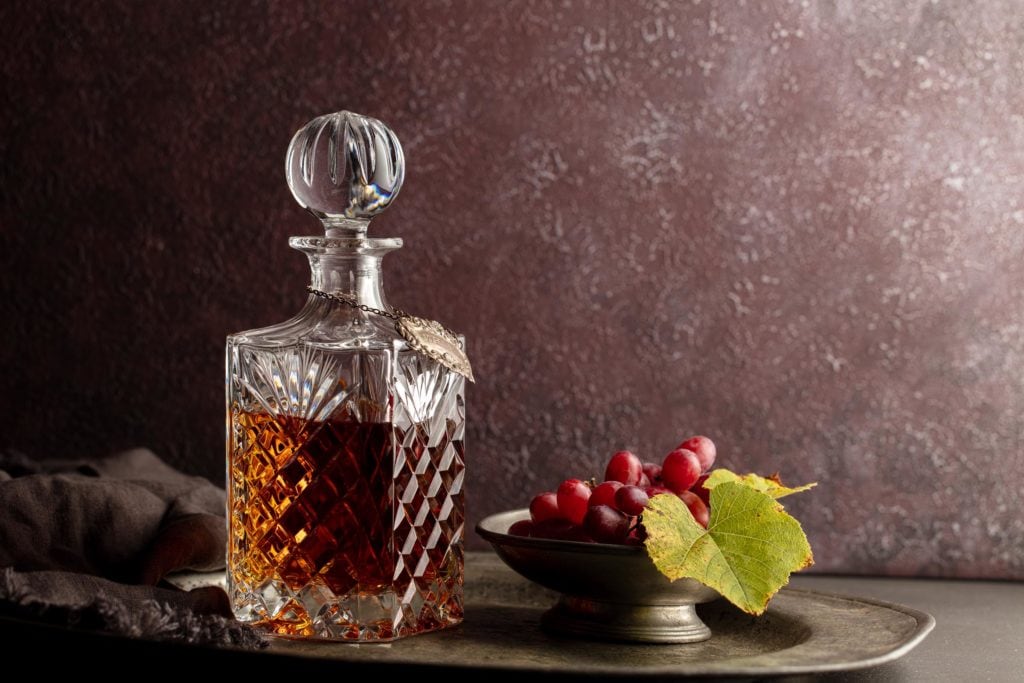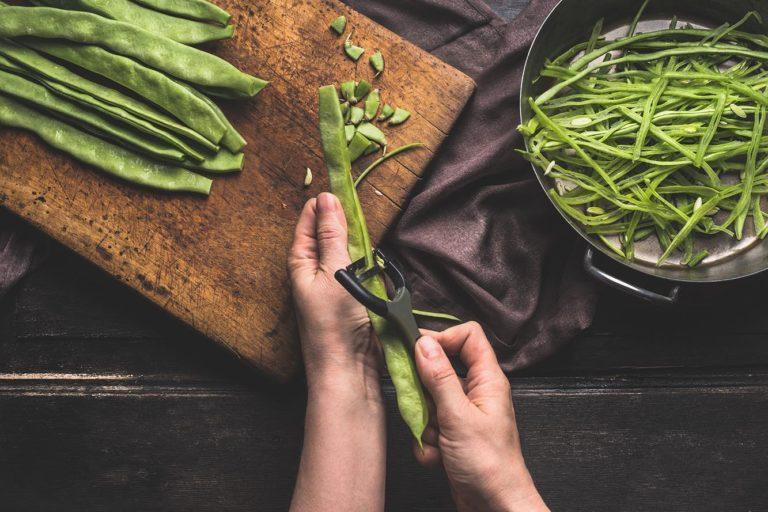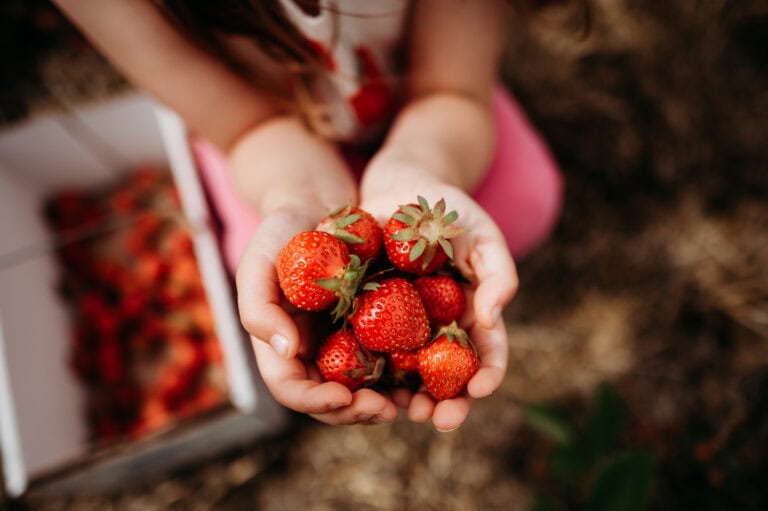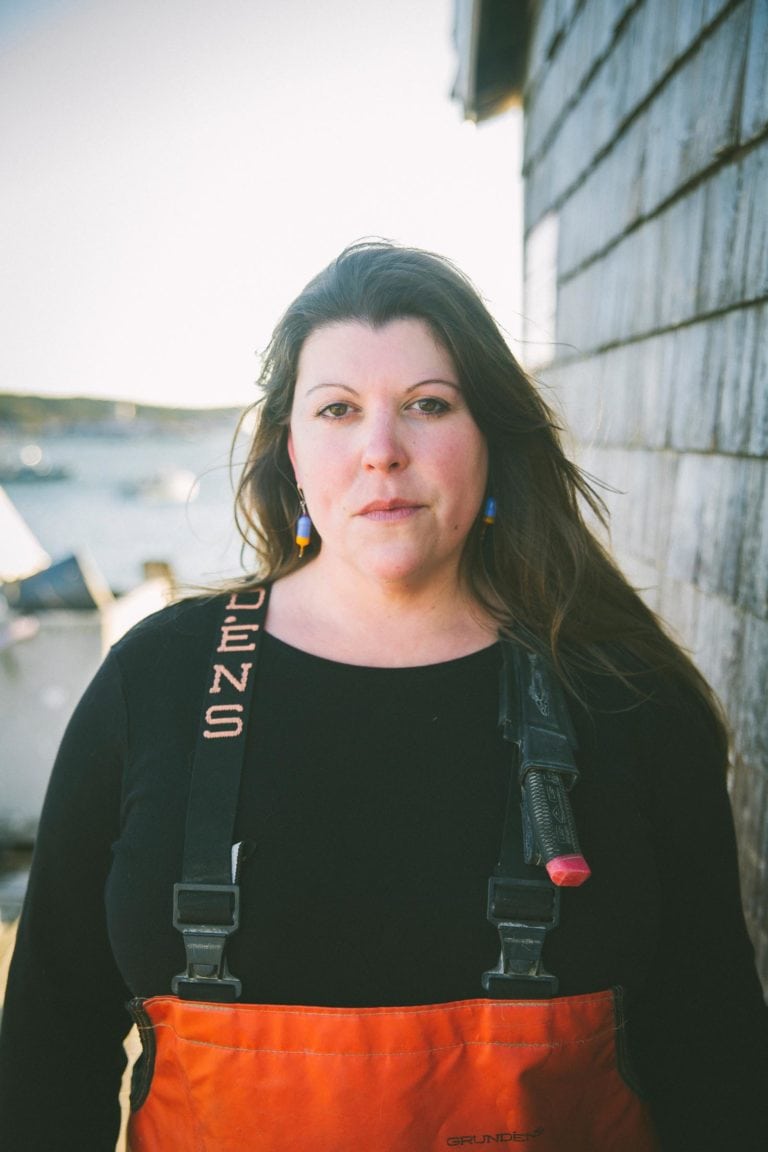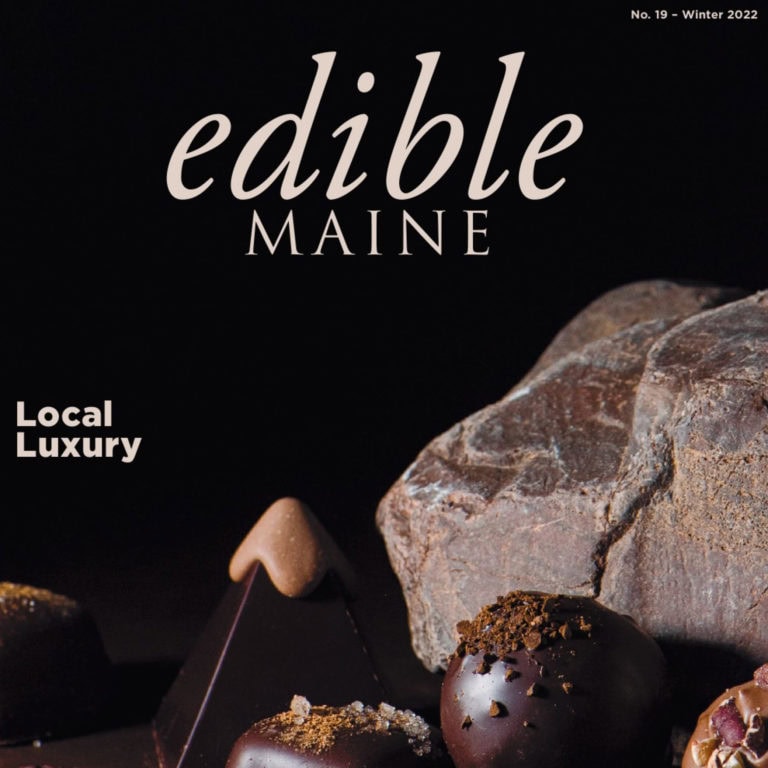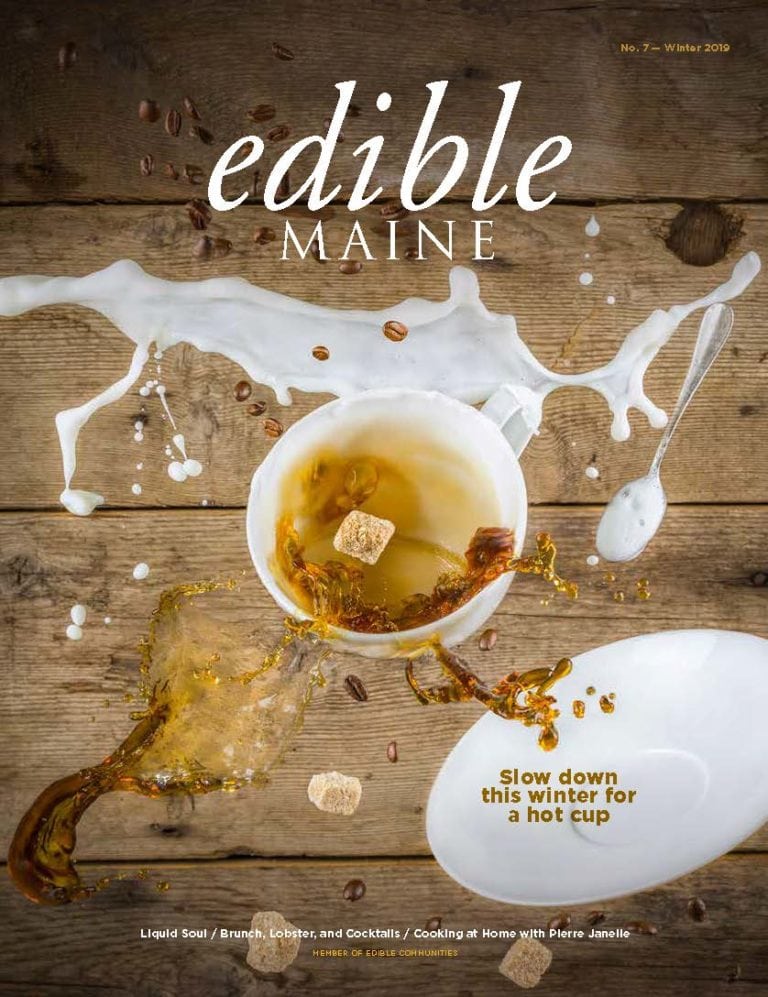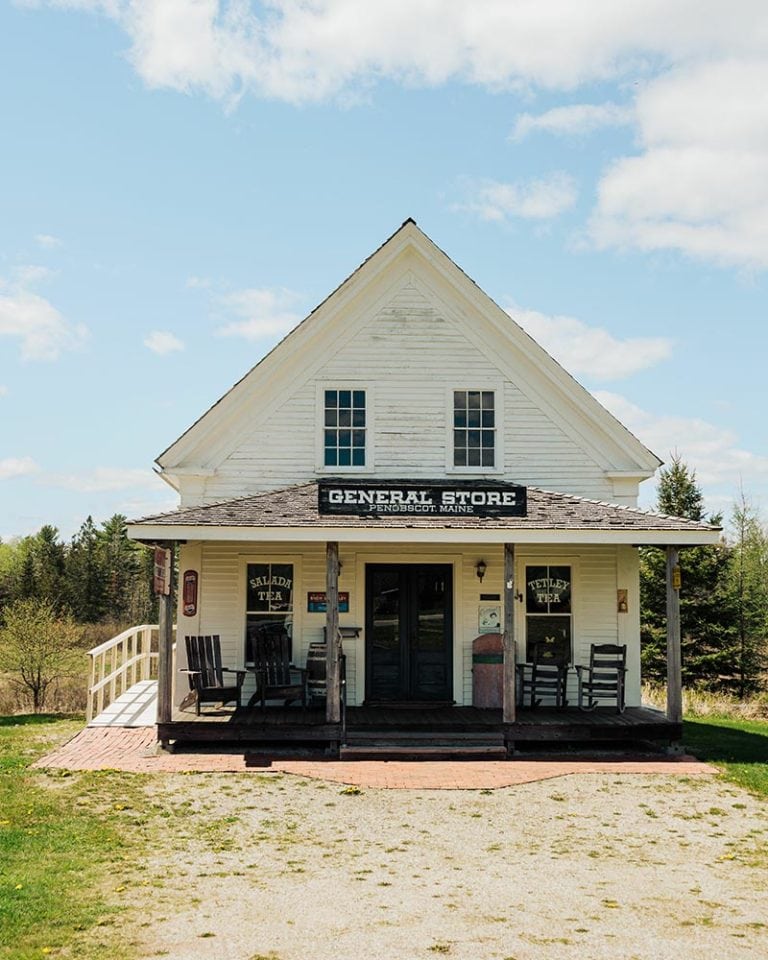The opening pages of Whiskies: From Confused to Connoisseur give drinkers a solid piece of advice. “There is no right way for appreciating and enjoying whisky,” writes author Dominic Roskrow, a Brit and former editor of Whisky Quarterly, Whisky Magazine, The Spirits Business, and Whiskeria.
“If anyone tells you that you should add water to it, you shouldn’t add water to it, you shouldn’t add ice, you should drink it standing on one leg… then politely tell them that this is the drink for individuals,”
he writes in this pocket guide to whisky, or whiskey according to the Irish spelling that’s more commonly used stateside.
Well-known Scotch (and lesser-known Japanese) whiskies and sweeter Irish (and most American bourbon and rye) whiskeys are made to be sipped as you enjoy them, either unadulterated or doctored by water or ice as you please. That is not to say, though, that you must always drink them alone. How about hosting a Maine-made whiskey tasting event? We did.
We assembled a dozen sippers—chefs, bartenders, food writers, whisky and whiskey lovers unfazed by the price tag of a high-end bottle of booze—to taste 10 amber–colored spirits produced by six Maine distillers: Liquid Riot Bottling Co., Maine Craft Distilling, and New England Distilling in Portland; Split Rock Distilling in Newcastle; Sweetgrass Winery and Distillery in Union and Portland’s Old Port; and Wiggly Bridge Distillery in York. Prior to the tasting, we asked each distiller for suggestions on how to best taste their whiskeys—a total of five bourbons, two ryes, two single malts, and a blend of sorts (hops are in the mix). Knowing their craft, their customers, and possibly Roskrow’s advice, all declined, saying how one takes their whiskey is a matter of personal choice.
We did not set our tasting up as a competition that would name a clear winner, but as a conversation to discuss the variety of local options. And as it happens, there is much to discuss.
Spirited History
At the time Roskrow was writing his book across the pond in 2007, the craft whiskey industry in Maine was just getting its sea legs. Portland-based author Kate McCarty, in Distilled in Maine: A History of Libations, Temperance & Craft Spirits, details the state’s sordid past in the spirit world. McCarty found proof that wine, beer, and spirits arrived on supply ships to fortify European settlers in the 1600s. Throughout the 1700s, annual consumption of distilled spirits ballooned from two to five gallons per colonist. In Maine, burgeoning shipbuilding and lumber industries facilitated trade with the West Indies. As wood sailed out of Maine ports, sugar, molasses, and a taste for rum sailed back. An excess of sugar led to entrepreneurs processing it into Maine-made spirits. By the 1830s, Portland was home to five distilleries. The temperance movement rose against consumption and, in 1851, Maine became the birthplace of prohibition. Producing and selling alcohol was outlawed until federal prohibition was lifted in 1933.
It wasn’t until early in the 21st century, though, that Maine grain-to-glass spirits created from local barley, corn, wheat, rye, and potatoes made their way back onto the legal market. The first spirits made were clear ones like vodka and gin, as whiskey typically needs to age in barrels for a bit. To have 20 distilleries sprinkled around the state by 2022, then, is not something to be taken for granted, but to be taken as you would take any other whisky or whiskey from away. To know your whiskey was made in Maine and not just bottled here, look for the words “Distilled and Bottled in Maine” on the label.
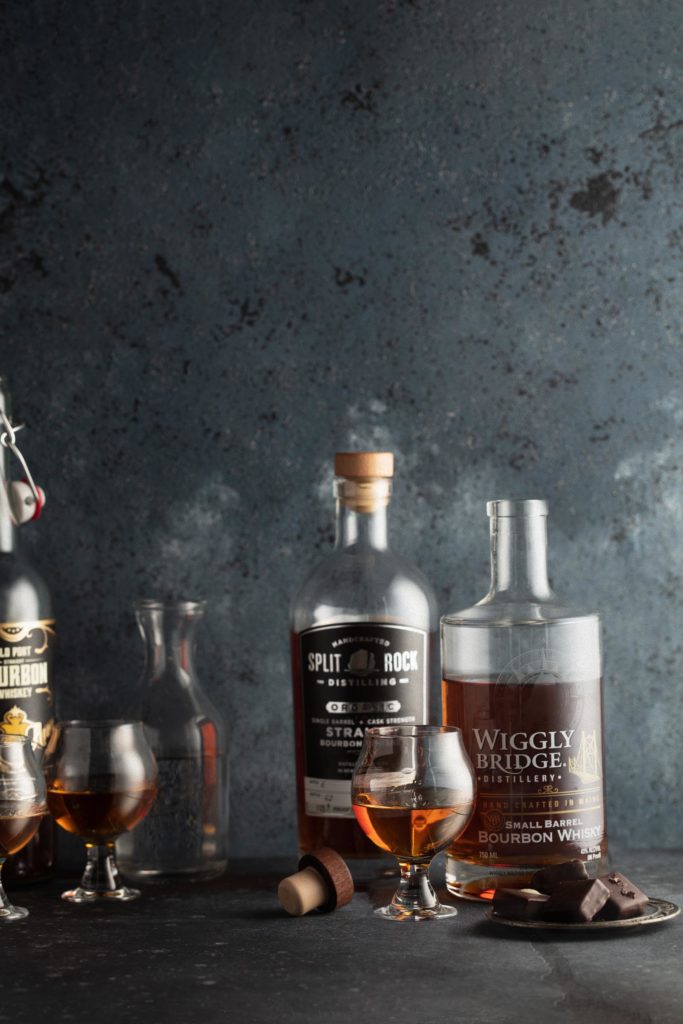
Spirited Conversation
The bourbons were up first at our tasting. To legally be considered bourbon, a spirit must be made in the U.S. from a fermented mash of at least 51% corn, be distilled to no more than 160 proof, and stored at no more than 125 proof in new, charred-oak barrels. To be called straight bourbon, a spirit must be aged a minimum of two years.
“Is that maple or brown sugar on the nose?” asked one chef, sniffing Liquid Riot’s Old Port Straight Bourbon Whiskey, which earned a gold medal in the 2018 San Francisco World Spirits Competition. The aroma from this one (poured from bottle #49 in batch #58, which was aged three years and four months) was sweeter than its taste, commented one bartender, who thought it was pleasantly dry for a bourbon, its tannins expressing themselves a bit more when she added water. Several tasters noted a charcoal smoky finish. One whiskey lover circled back to this bottle at the end of the tasting to affirm that yes, he did indeed think it was very good. The price of a bottle is $45.
We tasted two Split Rock Organic Straight Bourbon varieties. The first was an 88-proof bourbon made from a mash bill of organic corn, wheat, barley, and a touch of rye; distilled twice; and aged for three years in 30-gallon oak barrels. The second was a 118.9-proof, cask-strength bourbon. This whiskey was made with the same mash bill, aging time, and dual-distilling process as its sister spirit, but was not diluted with water to lower the alcohol content as it matured. Most tasters noted vanilla as the primary flavor of the first, with one chef narrowing the exact flavor she tasted down to tonka beans, wrinkled legumes from South America deemed illegal in the U.S. The second Split Rock bourbon tasted more like caramel. It was not sweeter, but smoother despite its higher alcohol content. Taking his second sip of the cask-strength bourbon on ice, one southern-born bourbon lover said: “Now this is a bourbon I will definitely buy!” It will set him back $95. The lower-proof Split Rock bourbon runs $30 cheaper.
Both Wiggly Bridge whiskeys we tasted, the 86-proof Small Barrel Bourbon Whisky and the 100-proof Bottled in Bond Bourbon Whisky (yes, folks, no extra “e” on these—maker’s choice), were almost universally deemed to be the spiciest of the lot. Most tasters added ice to round out their overall sharpness. The spice elicited most often by the small barrel option was pepper, with cinnamon cropping up as well. The Bottled in Bond evoked anise, cedar, and clove both on the nose and the mouth. These bottles run $60 and $90, respectively.
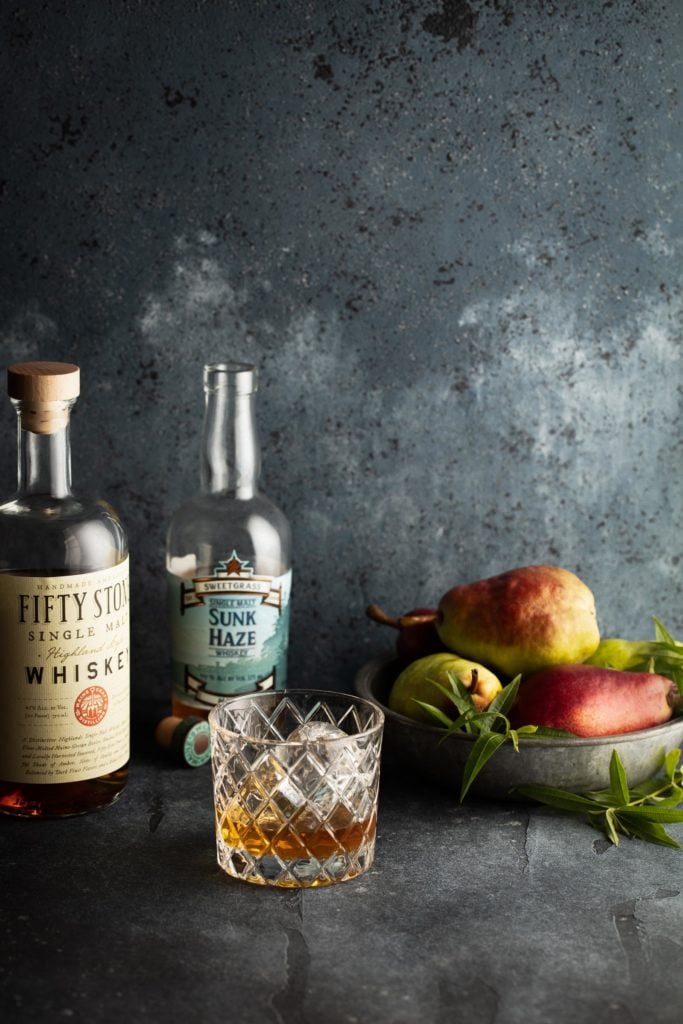
Maine Single Malts
Single-malt whiskeys made outside of Scotland generally face an upward reputational climb as highland, lowland and island scotches have well-known, distinct characteristics and a set of words used to describe them. Tasters of Maine-made single malts, therefore, need to keep an open mind when zeroing in on their flavors.
Sweetgrass Distillery’s Sunk Haze single malt is made, as the distillery notes, with Maine barley, Maine water, and Maine air. It’s aged seven years in oak barrels. Sweetgrass released its first batch of Sunk Haze in October 2018. We tasted bottle #301 from batch #111, which is 88 proof and $55. Most of our tasters appreciated the time this whiskey spent in the barrel, noting pleasant woody, musty, and umami notes to start that then developed into deeper chocolaty and figgy tones.
Maine Craft Distilling’s Fifty Stone is a highland-style whiskey made from floor-malted Maine barley that’s been smoked with local peat and seaweed. Tasters called it out for its elegant nutty, honey-like nose, complex flavor, and smooth finish. Several commented—without trying to influence others how to drink this $50 whiskey, of course—that they felt the flavor opened wide with ice in the glass.
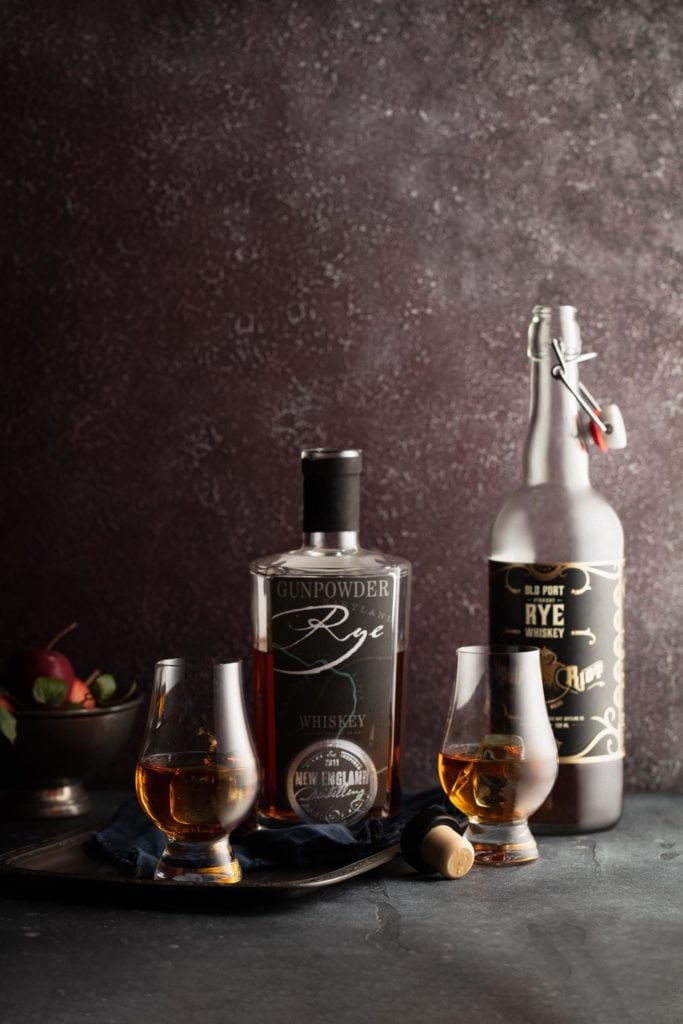
Rye Comments
We saved the ryes for the end of the tasting because, as a class of whiskeys, they are well known for their peppery bite. This comes from the fermented rye, which is far less sweet than the corn in bourbon. “Prohibition nearly made rye a whiskey of lore, but modern distillers are fighting back,” reads the label of Liquid Riot’s Old Port Rye Whiskey. This 88-proof, $50 bottle has a lot going on in the glass, said our tasters. Citrusy, grassy, peppery, and even vanilla-y (when diluted) were all words in the mix. The same taster who circled back to Liquid Riot’s bourbon was also very jazzed by this rye.
New England Distilling’s Gunpowder Rye is made from a mash recipe that distillery founder Ned Wight inherited from his family, who made rye whiskey in the Maryland style as far back as the mid-19th century. While Kentucky and Pennsylvania ryes comprise 51% rye as required, but also have barley and corn in the mix, Maryland-style rye has no corn. Gunpowder Rye has a 70/30 split of rye to barley. Tasters noted the smoky campfire aroma and were pleasantly surprised by its initial sweet, almost floral flavor before a short and peppery finish. The price for a bottle is $45.
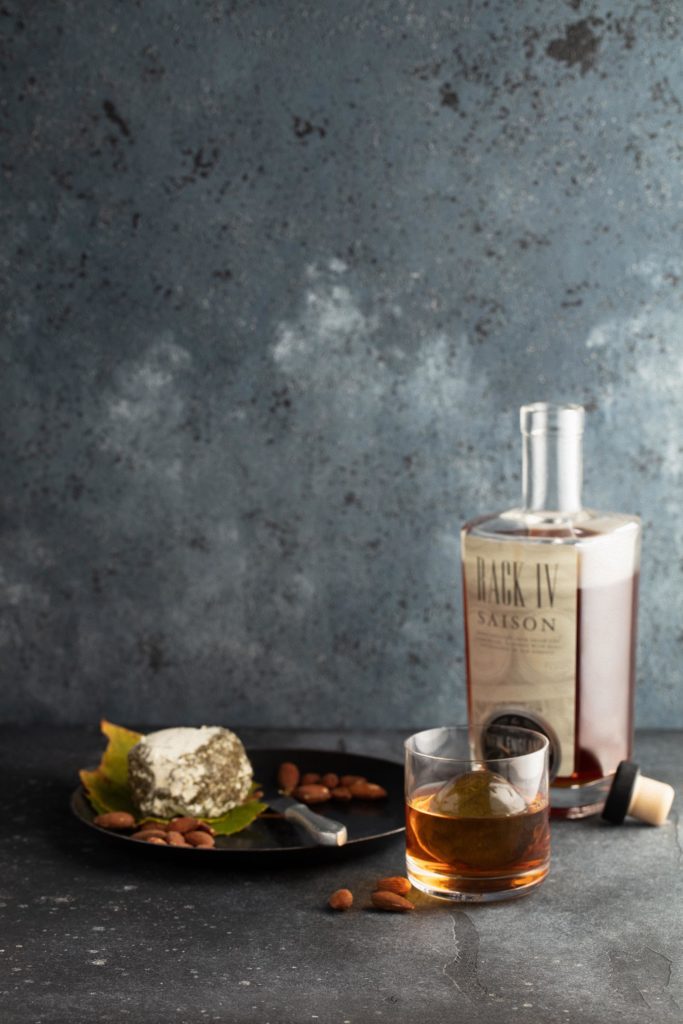
Outlander
Rack IV is where New England Distilling stores all of its small-batch projects. Rack IV Saison is the company’s first release under that label. It can’t be called a whiskey because there are hops in the mix. This spirit is made by distilling Allagash Brewing Co’s Saison farmhouse ale and aging it in oak barrels. You can taste the hops and the yeast, of course, but the spirit is also very whiskey-like. One taster said it would make a very interesting Manhattan, but others argued its sweetness would allow it to hold its own as a “great end-of-the-night sipper.”
Obviously, nine true whiskeys and an outlier is a lot to taste in one sitting. We suggest slurping palate-cleansing, briny Maine oysters between wee drams. And for safety’s sake, we recommend using empty ice buckets as spittoons and having good bread and cheese on hand to help keep the whiskey that makes it into tasters’ bellies from going too quickly to their heads. Drink Maine whiskey, but do so responsibly.


